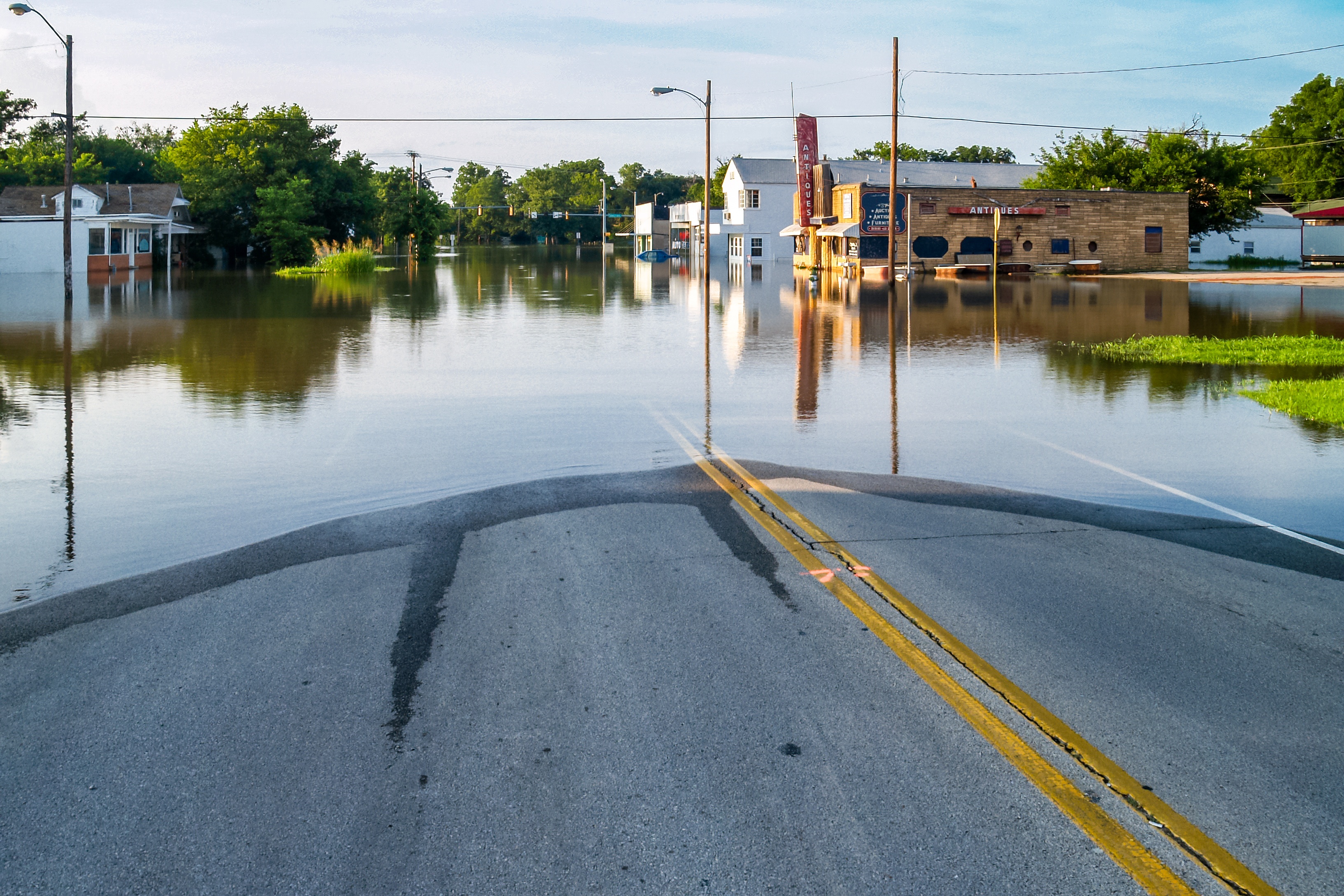How Can Moisture Meters Help with Hurricane Damage?

We are deep into hurricane season, and once again vast swathes of property in the U.S. have suffered significant hurricane damage from high winds and flood waters. In fact, according to data cited by CNBC, the hurricane damage costs from Florence—which struck the Carolinas on Sept. 14—were “estimated at $17 billion to $22 billion, and that forecast could be conservative.” Even though it was “just” a Category 1 storm when it made landfall, Florence carried with it record-setting levels of rainfall.
Moisture meters can be a useful tool for preparing for a hurricane. With a restoration moisture meter, it’s possible to track down areas of a house that may be letting in moisture and fix them before the hurricane hits. However, what about the role of moisture meters after the fact? What do hurricanes damage, and how can moisture meters help once the storm has passed?
Here are some ways that moisture meters are useful for water damage remediation after a hurricane:
Helping to Assess the Extent of Hurricane Damage
Here’s an unfortunate hurricane damage fact: Not all of the damage caused by a hurricane is readily visible to the naked eye. While things like torn roofs or trees falling over from hurricane-force winds are easy to see and document for insurance purposes, the water damage from flooding can sometimes be harder to demonstrate with just a picture—especially after the temporary flood waters have receded.
Restoration moisture meters help home and business owners document just how moisture-compromised specific materials in the buildings are, which is useful in putting together an accurate assessment of the damage and its impacts to the property. This is useful for helping you make a budget for repairing hurricane damage.
Providing Documentation for Insurance Purposes
One of the biggest hurdles in any water damage remediation project that most people forget about (until they hit it, at least) is the need to document things as accurately and thoroughly as possible to justify their insurance claims. Insurance companies will need to have detailed documentation to prove the exact extent of the damage before they can reimburse home and business owners for those damages.
A lack of documentation proving the extent of the hurricane damage incurred to the property not only hurts the property owner—it can affect any water damage remediation companies that have worked on the property to restore it since their pay often depends on the insurance payout.
This is why many water damage restoration professionals use moisture meters to document just how water-compromised a structure is. With this documentation, they can show the insurance company the necessity of their work and improve the chances of the insurer promptly providing payment on the hurricane damage claim.
Limiting the Spread of Hurricane Damage from Water
Speed is often of the essence in water damage remediation. The longer water is allowed to soak into a structure, the greater the risk of irreversible damage. While standing pools of water are easy to spot and remove, the hidden pockets of water that linger in walls, ceilings, floors, and other parts of a building are sometimes impossible to spot and assess accurately with the naked eye.
A bit of wood flooring that looks fine now could have a large amount of moisture trapped inside (or be absorbing moisture from the subfloor beneath it). Over time, this hidden moisture will cause the wood to warp or buckle—or even promote the growth of mold that creates respiratory hazards to a building’s occupants while eating away at the integrity of the structure.
Restoration moisture meters help to limit the spread of such damage by allowing restoration experts to quickly assess the moisture content of various building materials. With this information, these experts can guide their dry-out/tear-out operations more efficiently so as to remove the worst-compromised materials before they can affect their surroundings too much.
Additionally, moisture meters can help to track down ongoing moisture intrusion sources in a structure, such as leaks in a roof or wall caused by hurricane damage, so that they can be sealed off.
Finding the Right Restoration Moisture Meter for Dealing with Hurricane Damage
There are many moisture meters that specialists can use for remediating water damage—but which one is the best for your needs? Well, that depends primarily on what your needs are. For most water damage remediation pros, advanced tools like the Navigator Pro are the perfect companion for their work.
The Navigator Pro combines the functions of three different moisture testing devices—pin meters, pinless meters, and thermo-hygrometers—into a single tool to quickly and accurately check moisture in a variety of materials. Plus, the built-in recording function lets users store up to 1,400 moisture readings with date, time, and location stamps—a must for reporting reading results to insurers.
Some professionals might prefer a simpler tool, however—something like the BD-10 analog moisture meter, which is designed to be easy to use for experienced pros and newcomers alike.
Need help finding the perfect moisture meter to help with your water damage remediation work? Contact the experts at Delmhorst to get some advice for choosing the best moisture meter to meet your needs. Or, check out our hurricane guide at the link below:
Subscribe to Our Blog
Post Related

moisture meters
restoration professionals
Water Damage
water damage restoration
restoration
water damage restoration specialists
water damage restoration project
water damaged buildings
restoration specialist
renovation
Moisture Meters: Essential for Water Damage Restoration
.jpg?width=900&name=iStock-1312624870%20(1).jpg)

